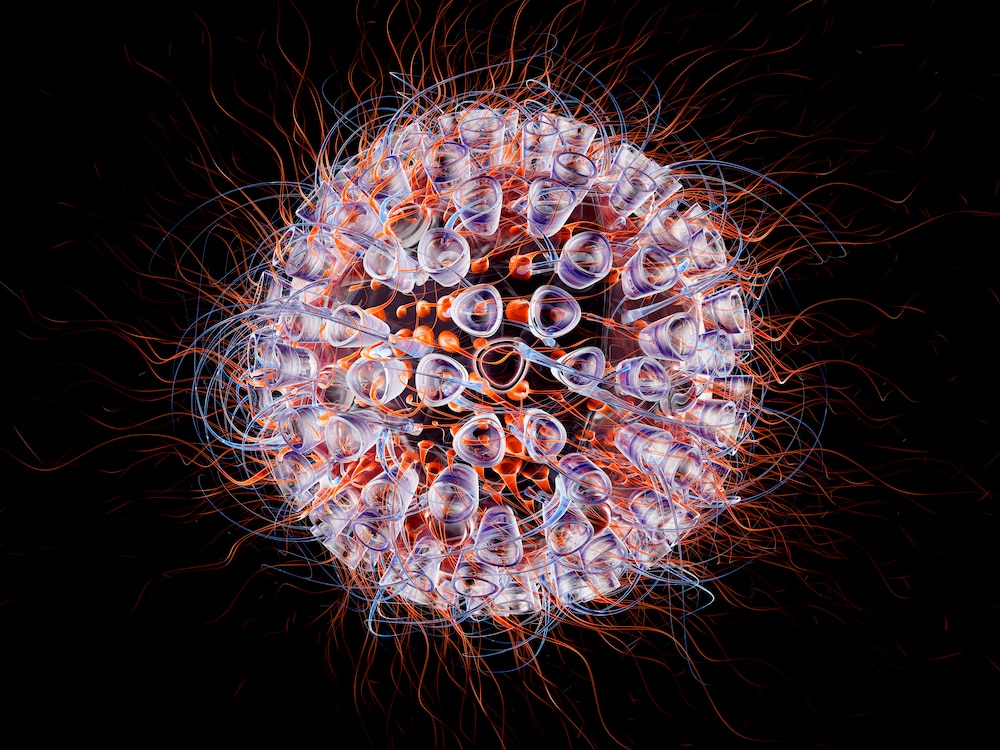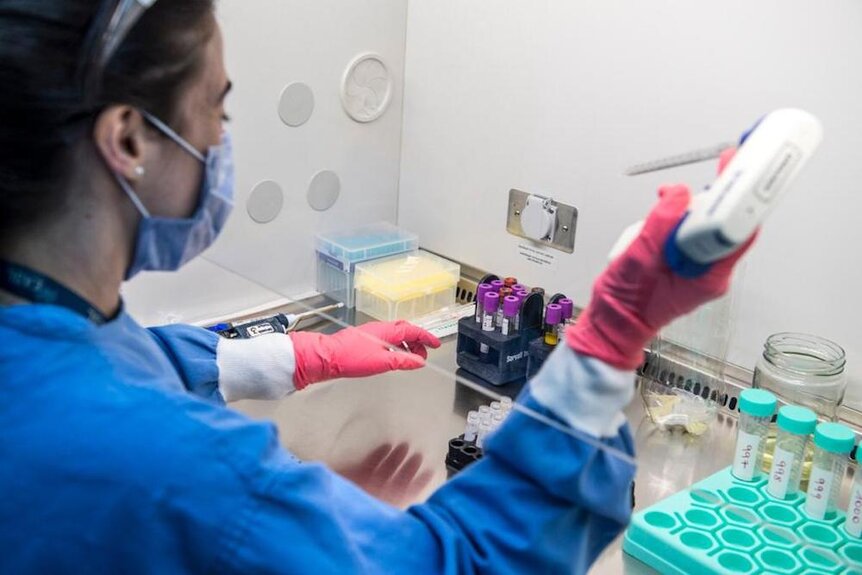Create a free profile to get unlimited access to exclusive videos, sweepstakes, and more!
Superpowered immune systems cleared HIV from two patients without treatment
Their immune system punched the virus into the Sun.

The landscape surrounding HIV has changed a lot since we first became aware of the virus. What was once a walking death sentence has become something which, with moderate maintenance, can be well-managed.
As of 2020, approximately 38 million people were living with HIV globally, and it’s estimated there were 1.5 million new incidences of infection that year. This marks a 30% decline in infection from only a decade earlier. HIV infections are being pushed back, largely due to increased testing and effective antiretroviral (ARV) treatments.
In those who receive consistent ARV treatments, it’s possible, even likely, to suppress the viral load such that it’s undetectable and untransmittable. Moreover, a small percentage of the population can achieve these low viral loads even without undertaking antiretroviral therapies. These patients are known as elite controllers. These patients are rare, making up less than half a percent of all HIV patients, and it’s possible to lose elite controller status over time, so continued maintenance is recommended.
Within this already rare grouping of HIV patients is a subset even more uncommon. A recent paper by Natalia Laufer from the Institute of Biomedical Research in Retrovirus and AIDS (INBIRS), and colleagues, describes a patient who appears to have completely cleared the virus from their body without treatment. Their findings were published in the Annals of Internal Medicine.
The patient, known only as the Esperanza patient, was diagnosed in 2013 but has since been asymptomatic and recent examinations indicate the virus is no longer present in the body. The patient’s name has been withheld to avoid the lingering stigma often related to HIV infection.
“She never had detectable virus,” Laufer told SYFY WIRE. “From 2013 when she was diagnosed, we only found 7 copies of viral genome, so we are certain she was infected, but now there is no trace. The first time we evaluated the reservoirs with everything was negative. All the numbers were zero. Then we went for the bigger assay.”
It’s impossible in science to prove a negative and Laufer was careful to clarify that they can’t say with 100% certainty that the virus doesn’t exist somewhere in the Esperanza patient’s body, but if it does it’s well hidden. Their search was extensive.
Doctors and scientists searched a total of 1.188 billion blood cells and 503 million tissue cells for traces of the virus which might indicate it was still holed up somewhere, waiting to emerge. They found nothing. Doctors are calling it a sterilizing cure, and it’s exceedingly rare among documented infections.
This marks only the second time a known patient has cleared the virus from the body without the aid of any treatment. The first, known as the San Francisco Patient, was documented in the journal Nature, in 2020. Scientists don’t yet know precisely what is different about these patients that allows them to destroy the virus even where it hides in reservoirs. It could have to do with cycles of activation in the HIV reservoirs when viral proteins are exposed to the immune system, and it’s possible that these patients have unusually strong cytotoxic T lymphocytes. All of that remains speculation at the moment, but researchers are hopeful these extraordinary elite controllers might shine a path toward new therapies.
“When you have one case you don’t know if it’s something that won’t be repeated. The immune system is very complex, and you have to find patterns, when you have only one patient it’s hard to do. When you have two, you know there must be more than two. Now we can try different things and see how it responds,” Laufer said. “That’s our goal. Maybe we can develop a therapeutic vaccine. That treatment will not be a cure, but if you can achieve this very extraordinary control of the viral load without the need of antiretroviral treatment, it’s a huge difference in the quality of life in many people.”
That’s where the benefit of novel treatments can really make an impact. The virus does the most damage within low-income or underdeveloped and underserved communities, where testing and treatment aren’t as readily available or cost prohibitive. Developing a treatment which could suppress viral load without the need of daily ARVs could quite literally save lives both in those individuals who are already infected and downstream.
Further research will have to wait, however, the Esperanza patient has become pregnant and continued research has been placed on hold at least until the baby is delivered. “We will have to wait for her delivery. The pregnancy changes a lot of things in the immune system so it’s not the moment,” Laufer said.
Happily, doctors don’t believe there is any risk of transmission to the unborn child. Primarily because they have high levels of confidence the patient is no longer infected, and it’s difficult to transmit a virus you don’t have. Still, they are taking precautions.
Laufer also recommended increased HIV testing, both as an early warning for individuals who would benefit from treatment, but also to identify any other elite controllers who might not know they are infected and who might help move new research along.
We’ve come a long way since the ‘80s and ‘90s, most people who become infected with HIV are capable of living lives almost indistinguishable from anyone else, but the global battle isn’t over. Testing, access to treatment, and new therapies are the best and only way forward.















